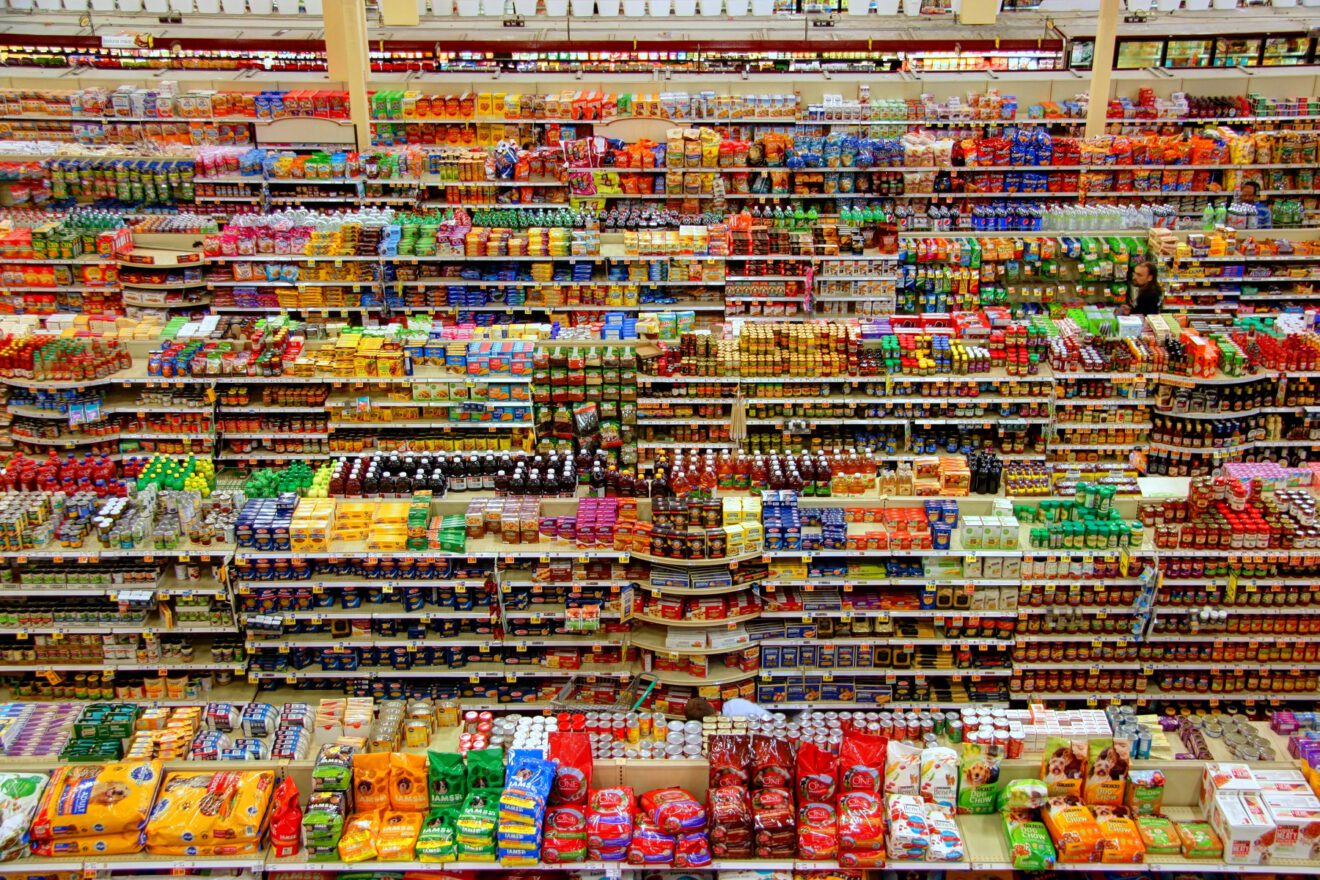Economic recession, recovery and realignment have been major drivers of change in the values and food shopping behaviors of America’s consumers, according to findings in The Hartman Group’s The Business of Thrift: Understanding Low-Income and Value-Oriented Consumers report. As the US economy continues to shift, understanding and meeting the needs of low-income consumers in the US has never been more critical.
Most consumers engage in thrifty behaviors — especially in their household shopping — because this type of frugality is culturally valued. However, for mid/high-income consumers, frugality is more of a choice, whereas for low-income consumers, it is a necessary way of life.
Prior to the launch of The Learning Channel’s Extreme Couponing in 2010, thrift and frugality had long been engrained as an American cultural value. Benjamin Franklin popularized the virtues of saving money in the early 18th century in Poor Richard’s Almanack, noting “A penny saved is twopence dear” (the original of the contemporized “A penny saved is a penny earned”). He also helped forge cultural beliefs where frugality and avoiding waste are seen as virtuous traits — core financial beliefs that still hold true today.
Yet as our The Business of Thrift report finds, for many shoppers, saving money is largely a necessity rather than just a trait practiced out of virtue. Just over half of American households (56%) qualify as low income today (based on federal poverty guidelines and size of households). We find that these households, because of their economic circumstances, have different habits when it comes to grocery shopping when compared to mid- and high-income shoppers.
Our findings suggest that those earning the least money among low-income shoppers are in fact too overwhelmed to participate in promotional pursuits celebrated in the likes of Extreme Couponing and don’t have the resources to aggressively hunt deals.
When it comes to grocery shopping and promotions, those with lowest incomes:
- often can’t take advantage of couponing, loyalty programs, specials, promotions and buying in bulk — even though they like a good deal. Instead, they focus on reducing their overall food purchasing and usage – and they simply buy less.
- stick with store that work — familiar, convenient retailers where they know they can get what they need at a price they can afford.
- also rely much more on cheaper and generic brands, which are less likely to be on sale or have coupons — or they are likely to switch among brands, due to price.
For low-income shoppers, food and beverage shopping is driven by payday cycles, and income level plays a big role in how they spend money at that time. When it comes to grocery shopping, 63% of low-income shoppers do most of their shopping after payday (vs 30% of mid/high-income shoppers).
We also find that low-income-related limitations on food purchasing reach well into the shrinking American middle class. While certain parts of the economy are booming, many consumers are still working to come out from underneath the Great Recession’s long shadow.
While traditional food retailers continue to serve their shopper base with aggressive couponing, gas points and loyalty programs, it is important to understand how low-income customers shop in order to make promotions more appealing. Specifically:
- Low-income and value-oriented shoppers are often already buying the lowest-priced item — typically generic or store brands — and therefore have less use for coupons, loyalty points, or bulk buying. Tailoring promotions to low-income shoppers’ savings strategies can help increase basket size and help them get more for less. Highlight total cost savings over item savings and ensure promotional pricing applies to smaller amounts/sizes.
- Pricing for BOGO and offers on multiples should be available on just one item. Offer savings on generic and store brands, particularly dollars off a total purchase across all store brands categories.
- Online shopping could solve some of low-income shoppers’ access to food retailers and food insecurity difficulties and help increase basket size. However, current perceptions of extra fees and membership costs associated with online programs make digital buying prohibitive to low-income shoppers. This is a missed opportunity, since Millennials and parents – precisely the groups that are most likely to shop online — are also more likely to be low income.
- Make coupons more useful to low-income consumers by making them more convenient. Consider partnering with a coupon app or developing an easy way to access coupons in-store, such as scanning a card or app upon entry that automatically downloads all available coupons without the hassle of logging into an account or selecting coupons to load.
- Low-income shoppers are price sensitive and risk averse; they are loyal to retailers but not brands. While they’re willing to switch brands for a low price, they’re unlikely to switch retailers once they’ve found one that gives them the right combination of low prices, convenience, and selection. This is especially true the lower one’s income is.
Related stories:
- Shopping for health and wellness 2019: Consumers in control and proactively taking charge
- What’s next for plant-based brands in a flexitarian world?
- Mindful sourcing: Consumers are becoming more mindful about their food choices
As CEO of The Hartman Group, Demeritt drives the vision, strategy, operations and results-oriented culture for the company’s associates as The Hartman Group furthers its offerings of tactical thinking, consumer and market intelligence, cultural competency and innovative intellectual capital to a global marketplace.
__________________________________________________
If you enjoyed this article, sign up for GMA SmartBrief or FMI DailyLead to get news like this in your inbox, or check out all of SmartBrief’s food and travel newsletters as we offer more than 30 newsletters covering the food and travel industries from restaurants, food retail and food manufacturing to business travel, the airline and hotel industries and gaming.
